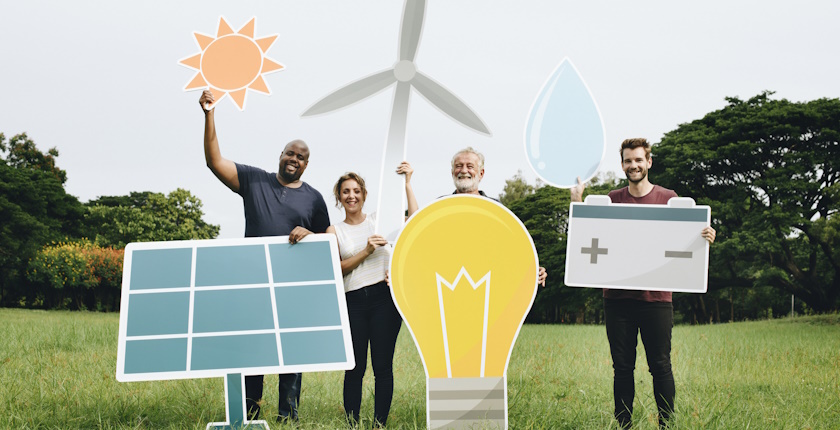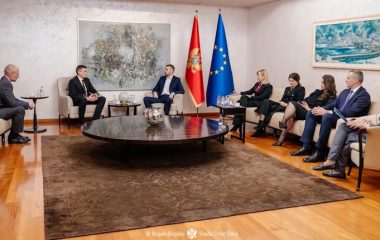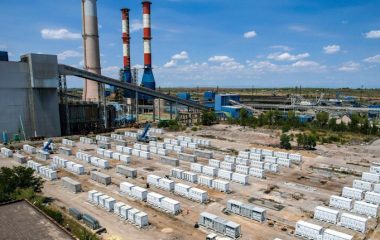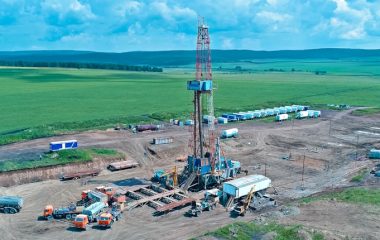
Photo: iStock
The Energy Community Secretariat published policy guidelines on the concepts of energy communities for national authorities. The purpose of such groups is to deliver environmental, social, and economic benefits by engaging in diverse energy activities such as electricity and heat generation and supply and microgrid operation.
Across the European Union, there are several thousand citizen-led energy initiatives that predate the EU’s regulation of energy communities in the Clean Energy for all Europeans package. It underscored the significance of citizen and local stakeholder empowerment in energy markets, either through individual efforts or collective organizational activities.
The EU established the legal frameworks for citizen energy communities (CECs) and renewable energy communities (RECs) with the Internal Market for Electricity Directive 2019/944 (IMED) and Renewable Energy Directive 2018/2001 (RED 2), respectively. The Energy Community incorporated them into its legal framework in November 2021.
The Western Balkans, Ukraine, Moldova and Georgia constitute the international organization, based in Vienna, as its contracting parties.
Building upon its previous documents on the transposition and implementation of the energy communities concept in EU member states, the Energy Community Secretariat published policy guidelines for national authorities with instructions for establishing a legal framework. The aim is to facilitate development, remove obstacles and ensure alignment with the Clean Energy for all Europeans package.
Energy communities are different from selfconsumption groups
Energy communities, established as legal entities, are required to comply with specific participation and governance conditions, adhering to democratic principles while delivering environmental, social, and economic benefits to both members and the broader community, which goes beyond mere profit making.
CECs and RECs should be distinguished from various selfconsumption models such as renewables self-consumers, jointly acting renewables selfconsumers and active customers, operating individually or collaboratively. In all cases, however, the incorporation of these concepts into the EU’s energy legal framework aims to empower citizens, enabling them to actively engage in energy markets and make informed decisions regarding their consumption patterns.
Preferred legal forms are cooperatives, nonprofits
In EU member states, collective citizen energy initiatives commonly take the form of cooperatives. The preferable option for energy communities is to be established in forms that do not prioritize profit generation, such as cooperatives or nonprofit associations, the secretariat pointed out.
There is no restriction in IMED and RED 2 with regard to the legal form. The former mentions that a citizen energy community can be an association, cooperative, partnership, non-profit organization or a small or medium-sized enterprise.
CECs are limited to electricity but they can use fossil fuels
Citizen energy communities gather individuals, local authorities including municipalities and small enterprises. They engage in generation, distribution, supply, consumption, aggregation, energy storage, energy efficiency services and charging services for electric vehicles. CECs can also provide other energy services to its members or shareholders.
They can operate on a national scale and have the flexibility to employ both fossil fuel– and renewables-based technologies, but solely for electricity production. Their range of activities CECs is broader than for RECs.
Members of renewable energy communities must be located near their projects
Renewable energy community shareholders or members are located in the proximity of the renewable energy project that it owns and develops. They are natural persons, small and medium-sized enterprises and local authorities.
A private enterprise can participate in a REC if it isn’t its primary commercial or professional activity
RECs utilize technology for energy production only from renewable sources, encompassing electricity, gas and heat. Private enterprises can participate in such a community only if it isn’t their primary commercial or professional activity.
Hire aggregator or become one
Communities have the option to delegate balance responsibility to other entities. Given that communities often manage small-scale installations, it is common practice to select a third party, often an aggregator.
If the installed capacity of facilities using renewable energy sources is less than 400 kW, it may be exempted from balance responsibility, under the condition that financial responsibility for the imbalances is fulfilled by another market participant, the document reads.
Aggregators are intermediaries between communities and the market that combine multiple customer loads or generated electricity for sale, purchase or auction. They can participate in flexibility mechanisms including balancing and ancillary services markets, generating income for their customers. Aggregators establish virtual power plants and manage demand response.
In the region that Balkan Green Energy News tracks, the legal framework for energy communities is largely incomplete or the scene is just fledgling. One exception is Greece, while there has lately been progress in Slovenia as well.


















Be the first one to comment on this article.